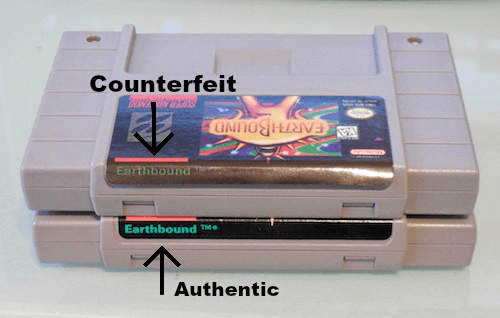Counterfeit NES and SNES Games-how to know if it’s fake?
There are a couple of tell-tale signs which actually seem common for just about all cartridge-based systems. Look for these qualities when attempting to identify counterfeit cartridges.
Take a close look at the label. Is it blurry? It’s probably a fake if it is. Most counterfeits use decent scans for reproduction labels, and the quality is more than obvious when you see it. Still, it is worth comparing against an image of a legit version because a handful of games actually had poor images.
Kid Dracula for Game Boy is one example we have in our collection. It looks fake, but it’s not.
Still, it is worth comparing against an image of a legit version because a handful of games actually had poor images. Kid Dracula for Game Boy is one example I have in my collection. It looks fake to me, but it’s not.
Compare the image to other legit copies and look at image cropping. These labels were also reproduced. If the bootlegger could find a better image on, say, a poster, they would take it and then crop it into a similar graphic overlay for all of the traditional SNES and “Nintendo Seal of Quality” notes. If the cropping of the image is off, it’s a bootleg.
These labels were also reproduced. If the bootlegger could find a better image on, say, a poster, they would take it and then crop it into a similar graphic overlay for all of the traditional SNES and “Nintendo Seal of Quality” notes. If the cropping of the image is off, it’s a bootleg.
If it’s a Nintendo cartridge, check the labels for an impressed stamp. You should see at least 2-digits pressed into the caution label on the back. If the cart doesn’t have a caution label (like the handheld games) then it’s pressed on the front label. This is a QA stamp so that if there are any problems when a game is released to the public, Nintendo can identify the manufacturing source from within their assembly factories. This stamp is not on bootlegs and I’ve never a legit Nintendo cartridge (for any system) without one.
If you are not buying it online, feel the plastic texture. It should feel different. When you feel it, you will know. Personally, I think some bootlegs often feel a little like worn sand paper– slightly grittier than the standard texture.
Are the corners of the labels rounded or square? Round- probably legit. Square-almost certainly fake. I might be wrong but I think some, early NES carts may have had square edges. If they did, they aren’t very common. If my memory is correct, only a small handful of games had a limited, first run with square corners. None of these, however, are all that rare and wouldn’t be worth that much.
Does the cart feel heavier than most, or another game of the same type? Some bootlegs used cheap EPROM chips and they are thicker and noticeably heavier. The games often feel a little thicker, too, because these chips often take up all of the space within the height of the cartridge and make it slightly bulge. It’s not visibly noticeable but you can feel it easily.
Advanced Checks
If you are in the market for a REALLY rare cartridge (one worth +$1,000) or if the game happens to be super-hot and easy to sell at the moment, then you may want to take the next step to verify and legitimize the cartridge.
First, if you know of a super-reputable store online that has a great return policy, you can trust them. They know which games are rare and if they have a great recommendation, then they know that they HAVE to do this checking themselves. Otherwise, they will get a bad rep for selling bootlegs which they will inevitably see from time to time. You will still want to verify the cartridge with these steps, but it helps to have a way to back out.
However, if you can’t buy it through a good dealer, then be sure to see the game in person and check out the game.
The first thing you will need to do is purchase a cartridge screwdriver set like this:
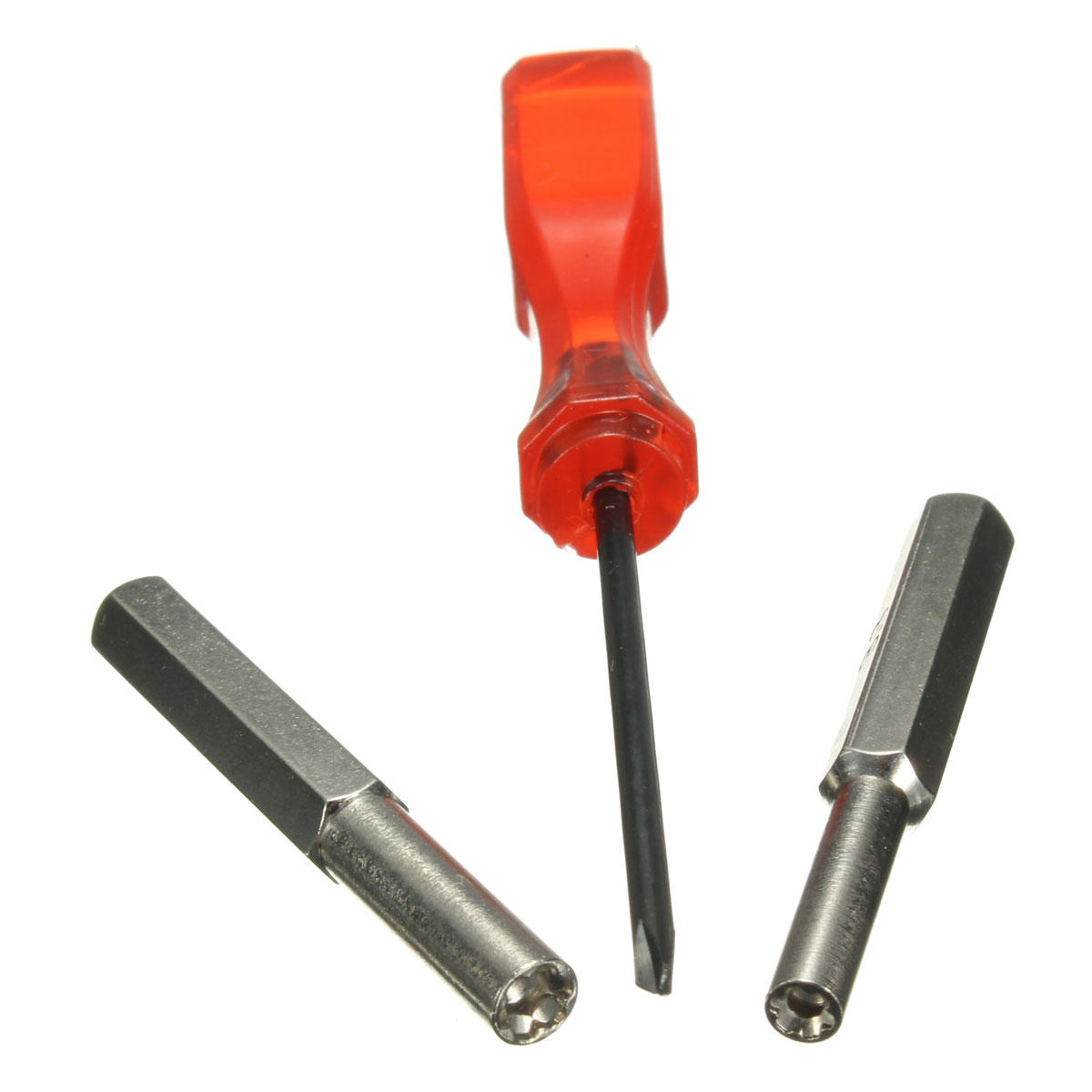

These are used to open up Nintendo hardware since they use special screws on their games. Open the cartridge and look for the following signs of legitimacy.
For this list of items to search for, I’ll be using Paperboy as an example. I’ll be referencing the annotated points on these images:

- Each Nintendo game has a serial number printed somewhere on the cartridge. For your specific system, do some quick googling of where this is located. I think on some earlier carts (the NES black labels) these may not be printed on the label. For our example, see #1 in the first image. Regardless, the serial numbers can be easily found online for any specific game.
- This serial number should be partially printed on the chip that holds the ROM data. It is laser etched on the chip after the game is flashed to the ROM chip (or chips.)In my example, see the #2 annotations. On these flash chips, you see “NES-PY-0”. Note, on the front of the game, the serial number was “NES-PY-USA”. The serial number should be partially printed on the chip that holds the ROM data.
- Also It is laser etched on the chip after the game is flashed to the ROM chip (or chips.) In my example, see the #2. On these flash chips, you see “NES-PY-0”. Note, on the front of the game, the serial number was “NES-PY-USA”.
- The serial numbers can be easily found online for any specific game. This serial number should be partially printed on the chip that holds the ROM data. It is laser etched on the chip after the game is flashed to the ROM chip (or chips.)
- Note, on the front of the game, the serial number was “NES-PY-USA”. The reason is that the “NES” is the system identifier, the “PY” is the game identifier and the “USA” is the region identifier.
- For the sake of the chip in the cartridge, all that is needed is the system id, the game id and the “0” which represents the revision. Regardless, if the game identifier (e.g. the “PY”) is correct, then the chip is legitimate. If this is not etched on the chip, it is a bootleg.
- Does the PCB (the green board with the printed, metal leads that plug into the Nintendo) have the “(c) 198x Nintendo” phrase printed on the board? (See annotation #3 in the second image.) If it doesn’t have this, it’s a bootleg. Nintendo tightly manages the manufacturing of their equipment. If this isn’t on the chip, then this is certainly a bootleg or an unlicensed game.
- Last, for some games, counterfeiters have actually found ways to copy the PCBs and have printed the Nintendo Copyright phrase on the PCB. I’ve only heard of this on certain Game Boy Color games. However, these were easily identified because the ROM chips were blank, with no etching.
- As such, other collector’s have also started checking the PCB copyright date. Apparently, a bootlegger took the time to make an exceptional PCB, but didn’t realize that they were making games that were manufactured AFTER the date on the PCB.
- This wouldn’t be possible because the PCBs are created long before any games are flashed to the chips that are later soldered to the boards. A date that is later on a PCB than a date printed on a ROM, or dated after the release of a game is a certain problem.
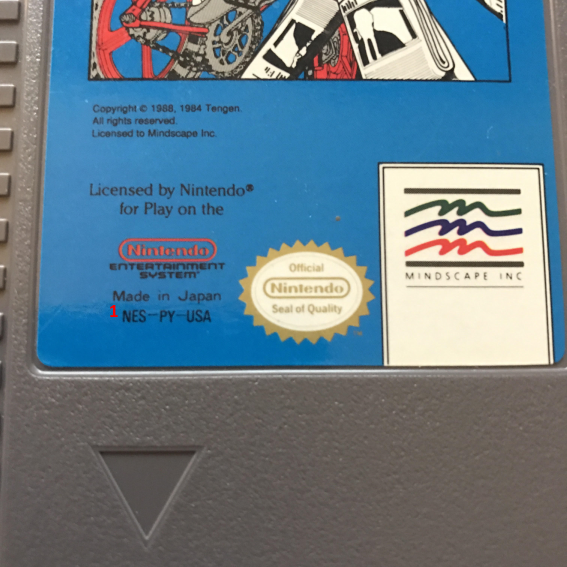
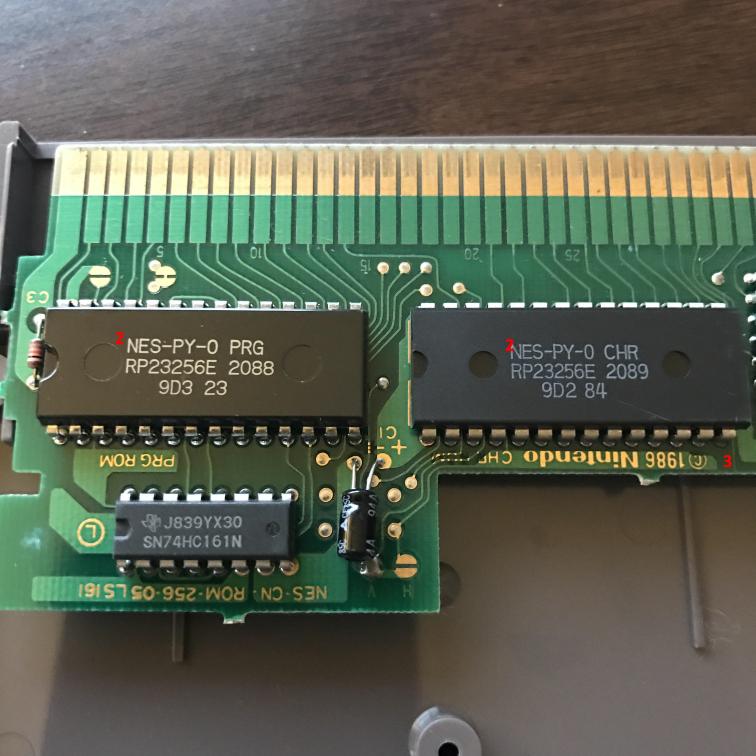
Apparently, a bootlegger took the time to make an exceptional PCB, but didn’t realize that they were making games that were manufactured AFTER the date on the PCB. This wouldn’t be possible because the PCBs are created long before any games are flashed to the chips that are later soldered to the boards. A date that is later on a PCB than a date printed on a ROM, or dated after the release of a game is a certain problem. As such, other collector’s have also started checking the PCB copyright date.
Telltale signs of fake Carts and PCBs are things like black globs, Tape, wires, chips that are covered or without any cereals, Label colorings, type fonts, logos and seals.



 Believe it or not, counterfeiting of games has been going on for a long time and with many games crossing the $1,000 threshold, counterfeiting is becoming more and more common. If you can follow the checklist, you’re doing better than 99.9% of most collectors and shouldn’t have any trouble.
Believe it or not, counterfeiting of games has been going on for a long time and with many games crossing the $1,000 threshold, counterfeiting is becoming more and more common. If you can follow the checklist, you’re doing better than 99.9% of most collectors and shouldn’t have any trouble.
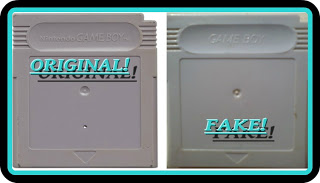
Of course, if you ever get into any serious collecting, it’s worth joining a community and following what people find. The counterfeiters are still getting better even though some of these games are getting to be over 25 years old. They will find a way to make them look as legit as possible, and won’t stop improving their methods, so long as people keep collecting and shelling out loads of money for rare cartridge games.

